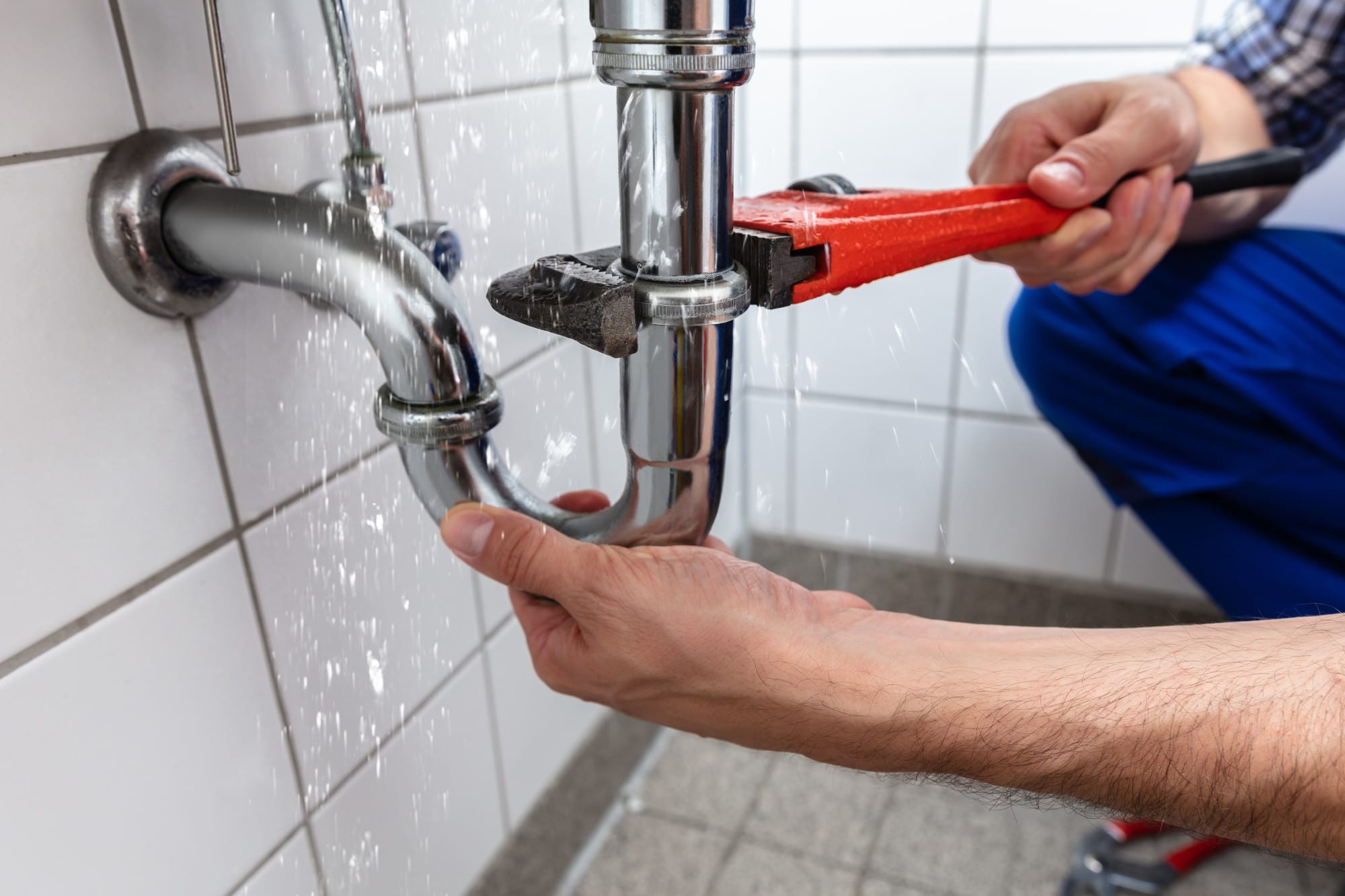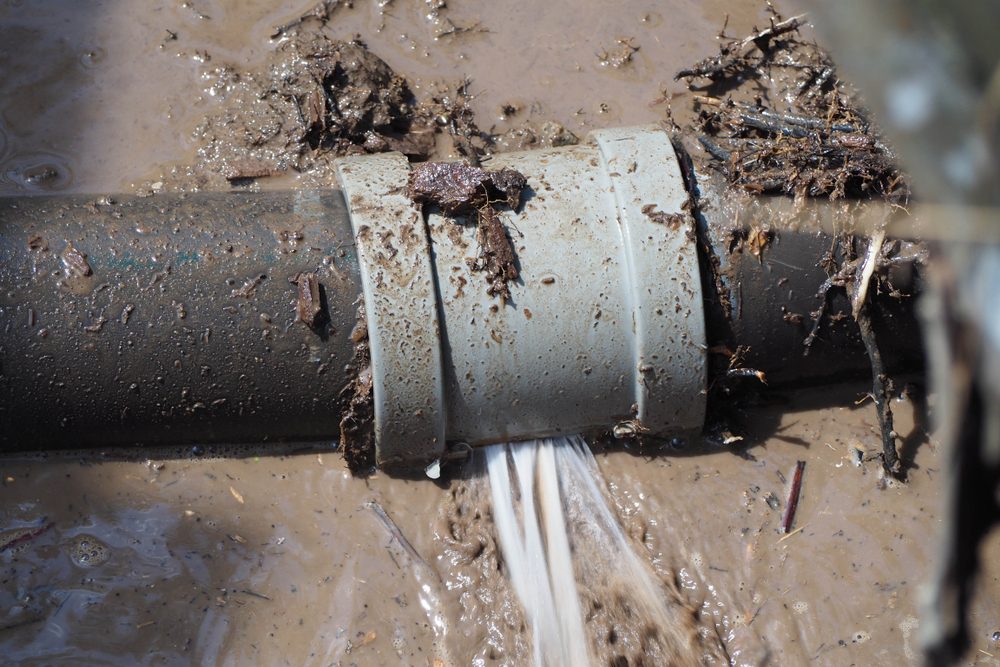Your Important Guide to Proper Septic Tank Maintenance
Your Important Guide to Proper Septic Tank Maintenance
Blog Article
They are making a few great annotation relating to What You Should And Shouldn’t Do When Dealing With Water Damage overall in this article following next.

What should you do if a water pipe bursts in your house, creating a mini-waterfall as well as swamping a location of your residence? In this scenario, you must act quick. The longer you wait, the a lot more extreme the water damages in your property. When an emergency such as this occurs, clearheadedness is crucial. For these factors, you require to discover what to in case of a ruptured water pipe. Check out the following suggestions below to assist you act quick since time is essential.
Turn off the Key Waterline Valve
The first thing you have to do is close the shut-off shutoff. Search for the regional shut-off valve to turn-off water in one particular location just. You have to turn-off the primary waterline shutoff if you don't know where the local shut-off valve to the fixture is. This will remove the water in your entire home. Typically, the main shutoff is located outside the house next to the water meter. You can likewise discover it in the basement at an eye-level or it can be in the First floor on the ground if it's not there. Typically, building contractors yet the shut-off valve in the main ground degree shower room or best next to it.
Call Water Damages Remediation Pros for Help
After closing the water source, call the pros for aid. This is not something you can easily DIY due to the fact that they need to fix the pipelines and resolve the damages to your residential or commercial property. Seek aid from a respectable company supplying 24/7 emergency solutions. With their expert assistance, you can minimize exacerbation due to the fact that water can seep with your points resulting in distorted walls, loose ceramic tiles, or damages structure. Don't take this trouble gently and seek occupation advice for complete assurance.
Paper the Damages For Insurance
As you are waiting on the pros to get here, record the damage caused by the errant pipeline. Take images and also videos of everything. Do closeup shots of belongings. These points will certainly act as proof for your home owner's insurance policy. Remaining proactive with this allows you to file a claim for coverage, which will help you and your family get back on your feet.
Salvage Things That Can Be Saved
Once you're done taking pictures, peruse the items and take out the most important ones from the stack. Dry them off and try to protect as much as you can. Drag them away from moisture so they can begin to dry out.
Start the Drying Process
Luckily, water from your waterlines are tidy so you do not have to fret regarding drain water. The streaming water may have disrupted the dust and debris in your carpets and also floorboards. Be prepared with handwear covers as you utilize containers to dispose out the water.
Specialists are the just one qualified to fix the burs pipes and also succeeding damages. As well as bear in mind, pipes don't just suddenly burst. You will generally see red flags like bubbling paint, unusual sounds in the plumbing, mildewy odor, caving ceiling, peeling wallpaper, or water stains. Pay attention to these things, so you can nip any type of problems in the bud.
What should you do if a water pipe ruptureds in your residence, developing a mini-waterfall and swamping a location of your house? For these reasons, you need to learn what to in instance of a ruptured water pipeline. After shutting the water source, call the pros for aid. With their specialist assistance, you can alleviate worsening since water can leak with your things resulting in warped walls, loosened ceramic tiles, or damage structure. Thankfully, water from your waterlines are tidy so you do not have to fret about sewer water.
How to Handle a Burst Pipe and Minimize Damage
Steps to Take Ahead of Time
If you own property in an area that experiences cold weather, you need to be aware of seasonal maintenance tasks that will help you protect your property as the weather changes each year. One of the most important steps is to winterize your pipes to ensure they won't freeze or burst when the temperature drops. This includes action items like insulating any exposed pipes, detaching garden hoses and covering outdoor faucets. If the weather gets cold enough, you may even consider leaving a faucet dripping or opening cabinet doors during the coldest parts of the day.
No matter how prepared you might be, accidents and emergencies still happen. You'd be wise to set up a savings account specifically for your property so you have a "rainy day" fund set aside for unexpected expenses. All homes—regardless of age, location or condition—will inevitably need some form of emergency repair.
Steps to Take for Frozen Pipes
A frozen pipe will not necessarily burst, so if you can catch a frozen pipe early on, you could save yourself a major headache. When your area experiences frigid temperatures, be sure to check your plumbing and keep an eye out for warning signs like faucets only releasing small amounts of water or toilets not refilling when flushed. If you do run into one of these issues, you're likely dealing with a frozen pipe.
If this happens, your first step should be to cut off the water supply to that section of the plumbing. Expanding and freezing water can quickly cause damage. Even if the water supply is shut off, you will likely still deal with some leaking from the water that defrosts after the pipe has thawed. Be prepared with a mop, bucket and/or towels to quickly soak up any excess water.
In order to thaw a frozen pipe, you can use a space heater, infrared or incandescent heat lamp, or even a hairdryer to warm up the frozen area. Heat tape is also an option and should be used according to manufacturer instructions. Do not use any sort of open flame to thaw frozen pipes, as it poses a major fire hazard and can damage your pipes further.
Steps to Take for a Burst Pipe
Water damage claims are the second most common insurance claim in the U.S. When you're dealing with a frozen pipe, the water continues to expand as it freezes, which creates pressure that can cause a pipe to burst. When this happens, the crack or leak in the pipe allows water flow from the pipe to enter your home where it shouldn't. If a pipe does burst, you need to act quickly to mitigate property damage and repair cost.
Your very first step should be to shut off your main water supply to minimize flooding—typically the most expensive damage to address. Once you've shut off the water supply, make sure you identify the entire area that has been impacted by the leak. Remove as much water as possible—as quickly as possible—using a mop, sponges, towels or a shop vacuum or wet/dry vacuum. To prevent long-term damage due to moisture build-up, run a dehumidifier or fan in the affected area. Contact a licensed plumber to ensure the pipe is correctly repaired before running any water to that section of the home again. Burst pipes and the associated water damage are something you absolutely want to avoid as a property owner. If you've had to learn your lesson the hard way, don't let yourself get caught in a similar situation during the next spell of cold weather. The best way to deal with frozen or burst pipes is to prevent them in the first place—proactive winter maintenance will save you time, money and a whole lot of stress.

As a passionate person who reads on The Do’s And Don’ts After Water Damage, I was thinking sharing that piece of content was smart. Enjoyed reading our piece of writing? Please share it. Help other people discover it. Thanks a lot for taking the time to read it.
Report this page